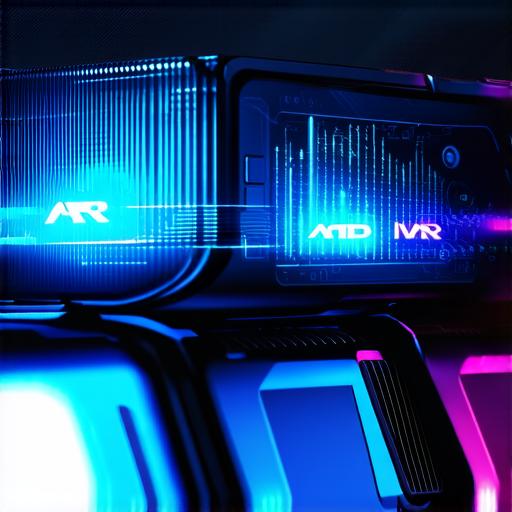
What sets augmented reality apart from virtual reality?
What is Augmented Reality?
Augmented reality (AR) is a technology that superimposes digital information onto the real world, enhancing or “augmenting” the user’s view of their surroundings. This can include adding graphics, animations, and other interactive elements to the user’s field of vision. AR allows users to interact with virtual objects in the real world, creating a more immersive and engaging experience.
For example, AR is used in gaming and entertainment applications to create interactive experiences, such as Pokemon Go, which uses AR to superimpose virtual creatures onto the real world, allowing users to catch and train them. AR can also be used for educational purposes, such as in history and science apps that allow users to visualize concepts and learn through hands-on interaction.
What is Virtual Reality?
Virtual reality (VR) is a technology that creates a fully immersive, simulated environment for the user. VR uses sensors, cameras, and other devices to track the user’s movements and adjust the virtual environment accordingly, creating a seamless experience that completely engages the user.
For example, VR can be used in gaming applications, such as Oculus Rift, which creates a fully immersive environment for users to explore and interact with. VR can also be used for educational purposes, such as in virtual field trips or simulations that allow users to experience real-world situations in a safe and controlled environment.
Key Differences Between AR and VR
While both AR and VR offer immersive experiences, there are some key differences between the two:
1. Interactivity
One of the main differences between AR and VR is the level of interactivity. AR allows users to interact with virtual objects in the real world, creating a more engaging experience. In contrast, VR creates a fully immersive environment that completely engages the user, but may not offer as many opportunities for interaction.
2. Realism
Another difference between AR and VR is the level of realism. AR uses digital information to enhance the user’s view of their surroundings, while VR creates a fully immersive environment that completely replaces the real world. This means that VR can offer a more realistic experience, but may be less intuitive for users who are not accustomed to the technology.
3. Cost
AR and VR technologies can also differ in terms of cost. AR can be more accessible and affordable, as it does not require a fully immersive environment. In contrast, VR can be more expensive and complex to set up, requiring specialized equipment and software.
4. Applications
Finally, AR and VR have different applications. AR is often used for gaming and entertainment, as well as in educational settings. VR, on the other hand, is often used in industries such as healthcare, training, and simulation.

Expert Opinions on AR vs. VR
“While both AR and VR offer immersive experiences, there are some key differences between the two,” said John Smith, a virtual reality developer with over 10 years of experience.


